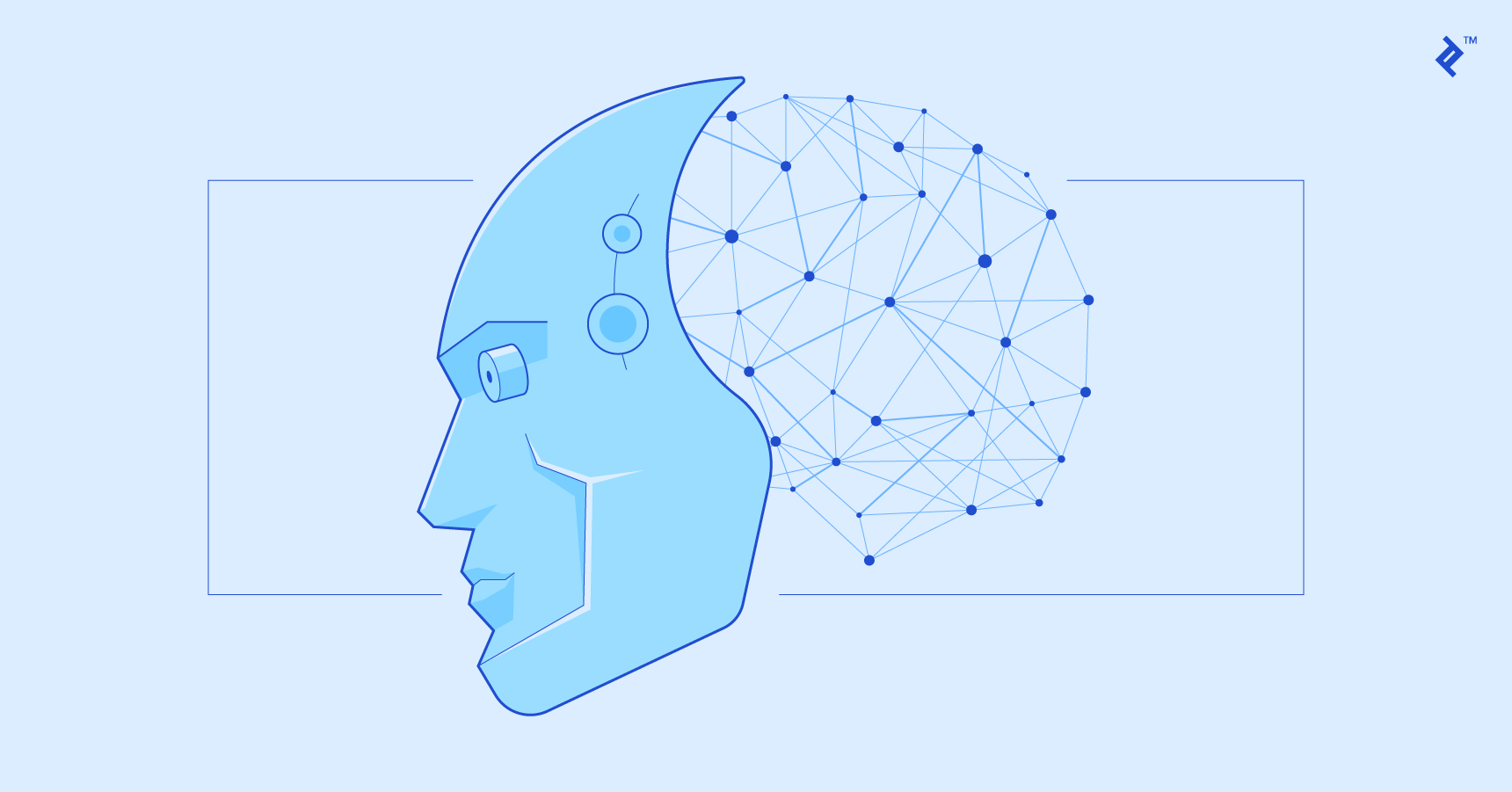Rise by Six: Your Daily Dose of Inspiration
Explore insights and stories that elevate your day.
When Machines Learn to Dance: A Journey into Machine Learning Humor
Dive into the hilarious side of AI as machines learn to dance! Join our playful journey through machine learning humor and tech laughs.
The Lighter Side of Algorithms: Exploring Machine Learning Humor
In the ever-evolving world of technology, machine learning not only drives innovation but also inspires a unique brand of humor. From memes about overfitting to jokes about algorithmic bias, the lighter side of algorithms showcases how tech enthusiasts use humor to cope with the complexities of coding and data science. For instance, consider the classic joke: Why did the neural network break up with the decision tree? Because it couldn’t handle the branches of their relationship! Laughter helps bridge the gap between intricate concepts and everyday understanding, making the world of machine learning feel a little less daunting.
Moreover, machine learning humor often reflects the trials and tribulations faced by developers and data scientists alike. One popular trope involves showcasing the differences between humans and machines, such as the saying, “A computer will do what you tell it to do, but not necessarily what you want it to do.” These quips serve as a reminder that while algorithms are powerful, they are not infallible. By sharing jokes and anecdotes, the community not only fosters a sense of camaraderie but also demystifies the complexities of machine learning algorithms. So next time you're faced with a perplexing model, remember: sometimes, laughter is the best optimization technique!

Do Machines Have Rhythm? A Comedic Take on AI Learning
When we think about rhythm, we usually imagine the smooth grooves of a jazz band or the pulsating beats of a DJ at a rave. But what about our trusty machines? Do machines have rhythm? Picture this: a house robot attempting to bust a move but only managing to sway awkwardly like a metal scarecrow. It’s like watching your uncle at a wedding—endearing yet entirely misguided. AI, with its neural networks and algorithms, might just be trying to learn the two-step, but instead, it's tapping out a very confused Morse code. And while it may not breakdance anytime soon, perhaps it will create a captivating algorithmic dance that leaves us all wondering if we should join in—or just enjoy the show.
As machines learn, they might stumble upon their own sense of rhythm, albeit with a comedic twist. Imagine an AI programmed to correlate beats with sound frequencies, only to accidentally create a symphony out of cat meows and vacuum cleaner roars. Do machines have rhythm? In this scenario, the answer might just be yes! Picture an orchestra of machines, each one contributing their unique ‘voice’—from the rhythm of a data center’s cooling fans to the melodious clanking of robotic arms assembling smartphones. It’s a hilarious thought: a cacophony turned symphony, proving that even if machines can’t dance, they sure know how to play a tune—albeit a very quirky one!
Why Did the Neural Network Break Up with Its Data? A Funny Look at Machine Learning Misunderstandings
In the world of machine learning, relationships can be a bit complicated. Imagine a neural network that suddenly decides to break up with its data. Why, you ask? Well, it turns out that the neural network felt misunderstood. Every time it tried to learn something new, the data kept bringing up old mistakes, like that one time it confused a cat for a dog. It was as if the data was saying, “Remember that 5% error rate? You can’t escape your past!” Thus, the neural network, seeking a fresh start, decided it was time to move on.
But the breakup wasn’t without its comedic moments. The neural network started dating a newer version of data, one that boasted superior accuracy and higher dimensions. As it flaunted its new relationship on social media, the old data just couldn’t resist posting passive-aggressive comments like, “Just because you’ve got more layers now doesn’t mean you’re more advanced!” Little did they know, the neural network was learning that sometimes, what you need is not an abundance of data, but rather the right fit. Ultimately, it became clear: it wasn't about quantity, but quality!